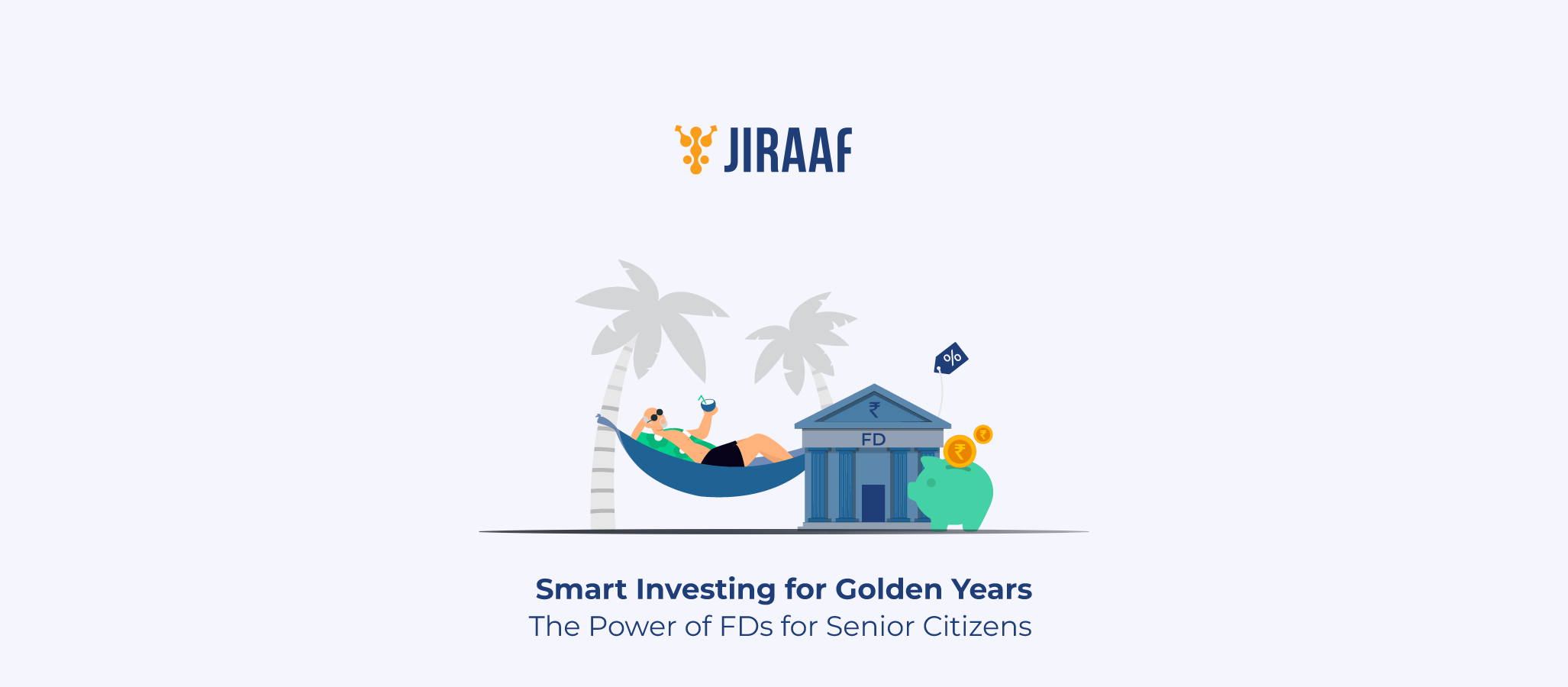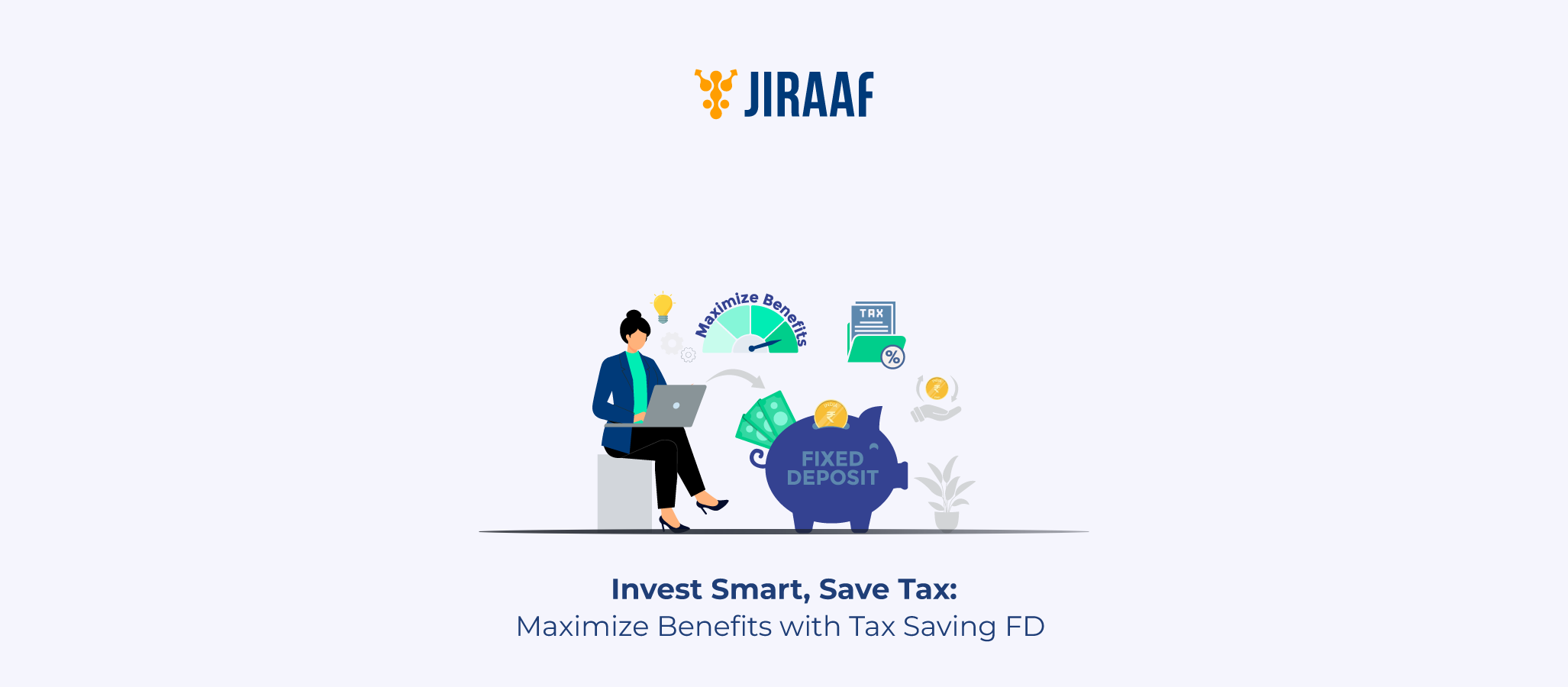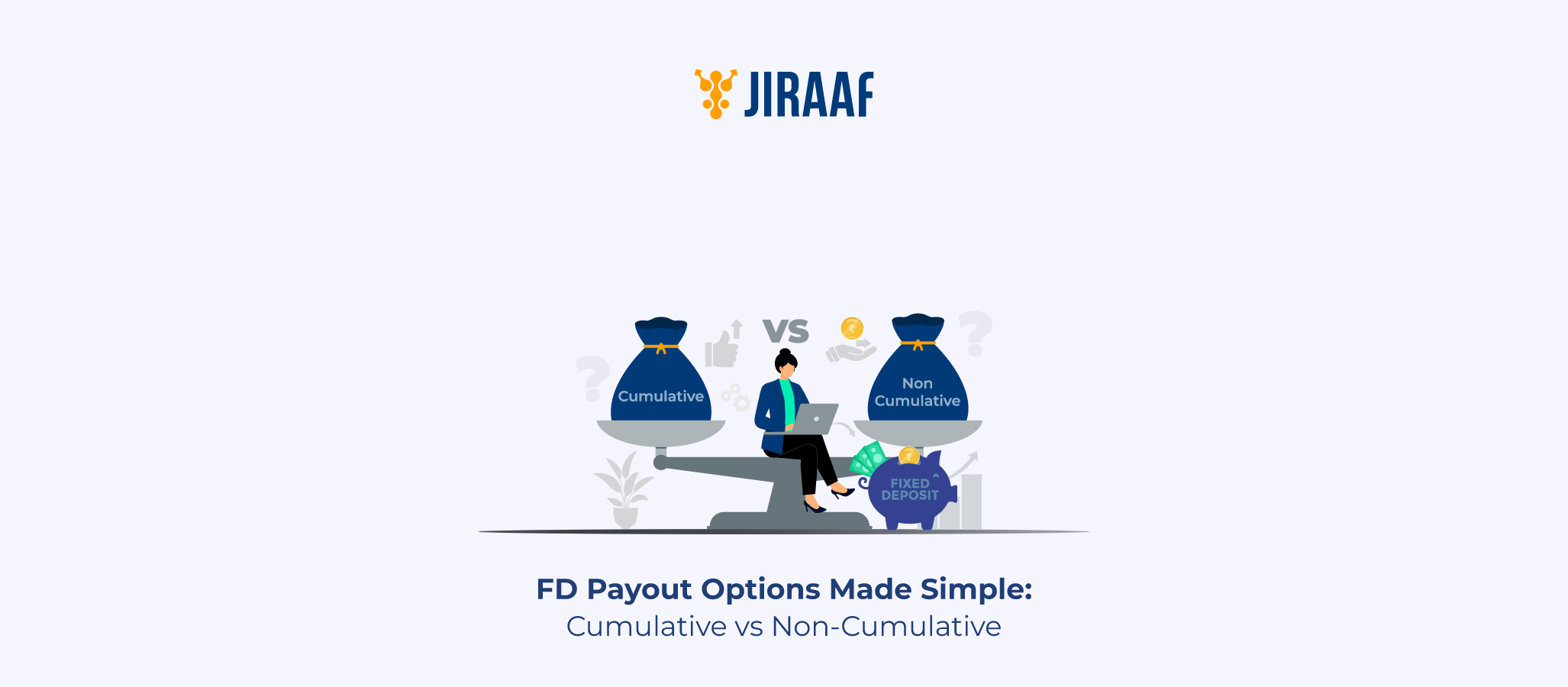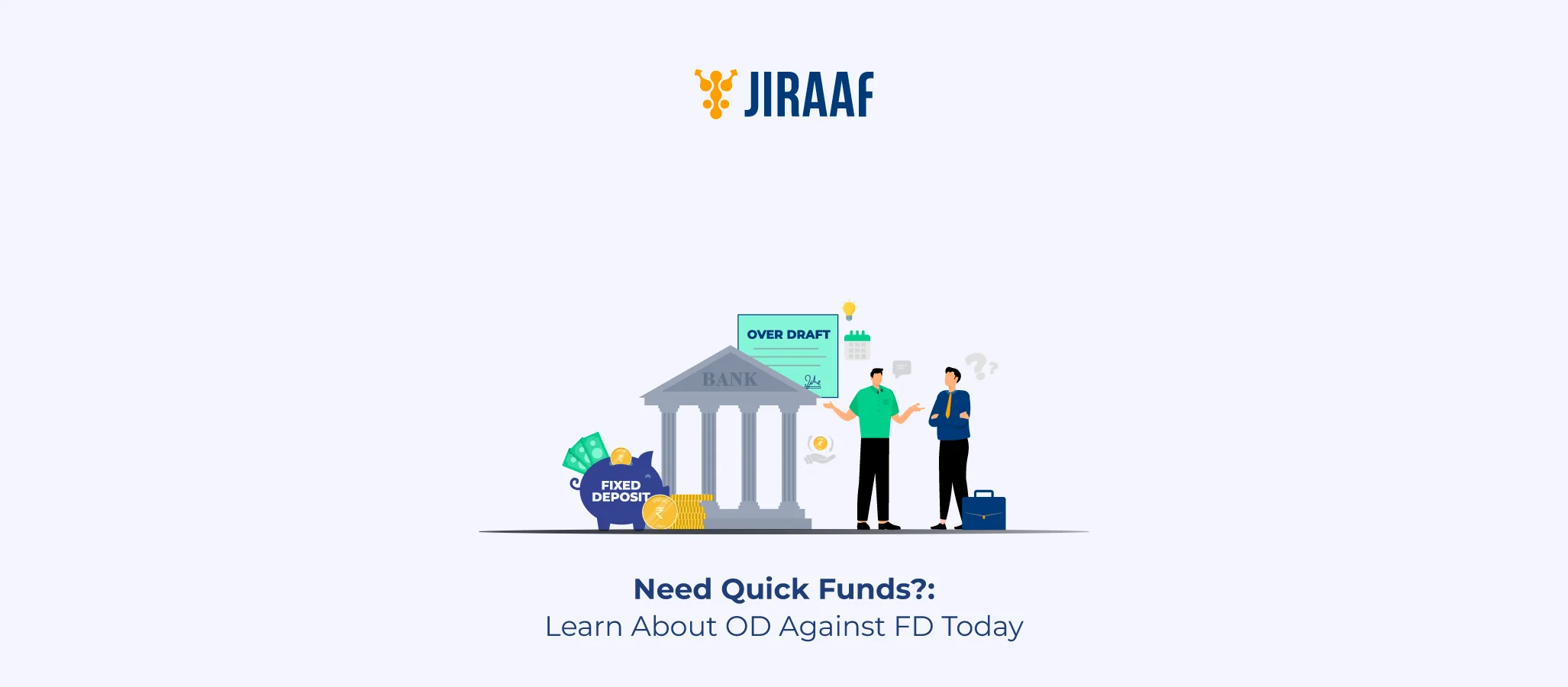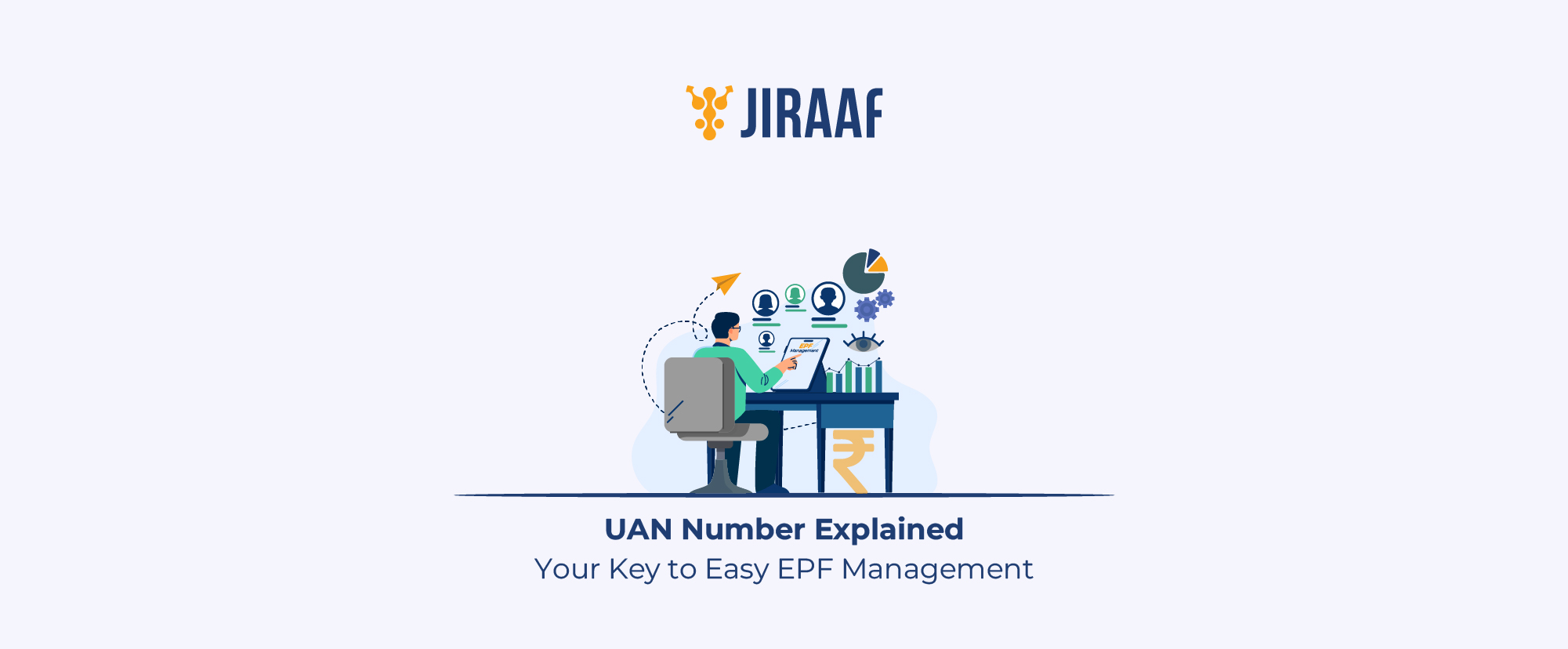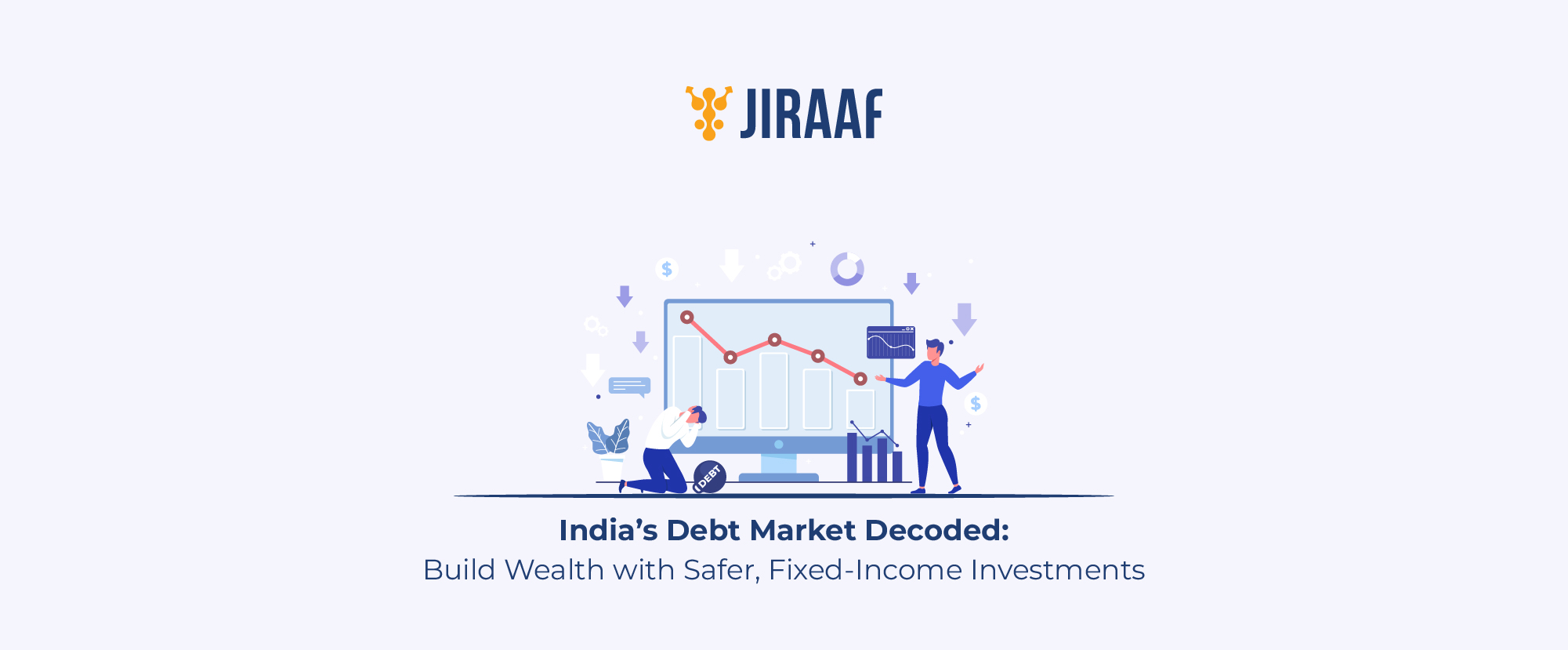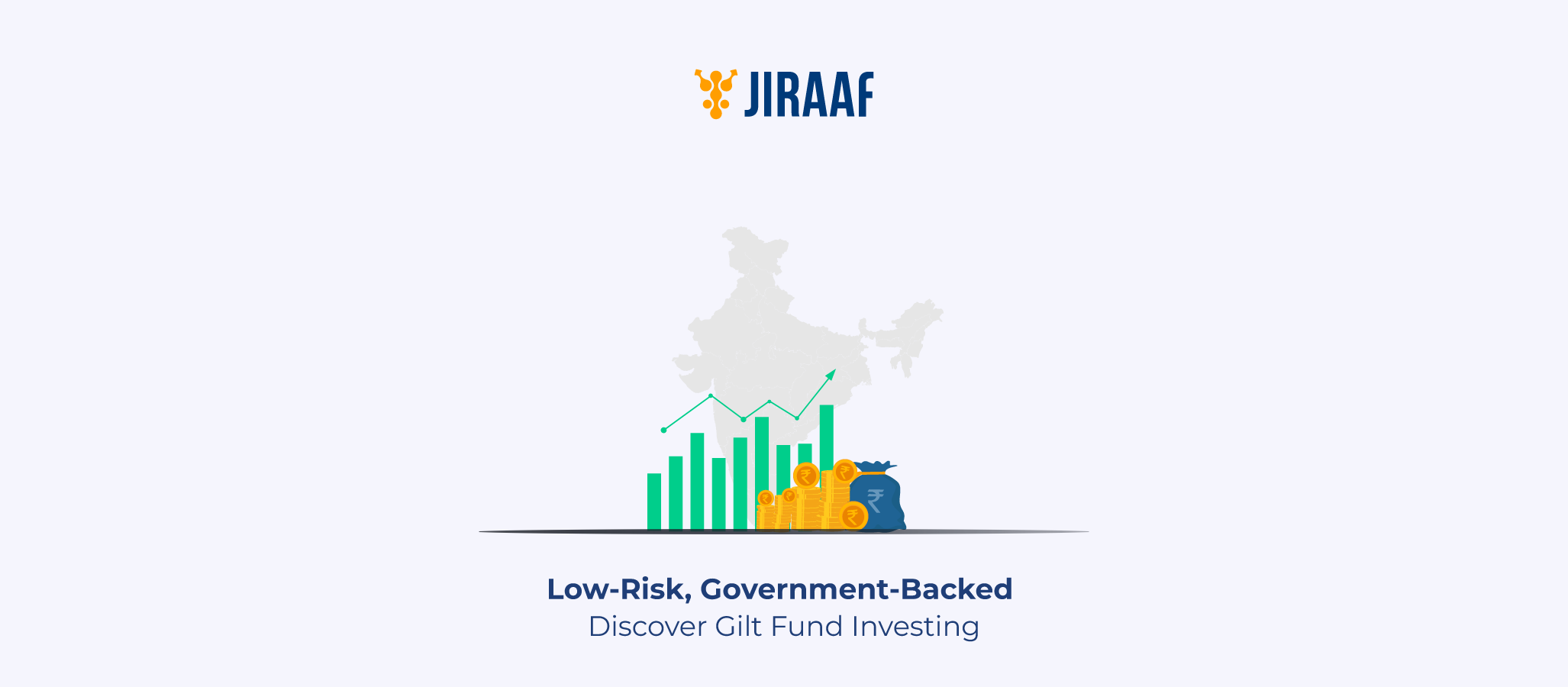Whether you look at retirement from a lens of peace, quiet, and tranquillity, or as your second innings in life, you need to be prepared for it financially. These days we have a lot of options to make sure our retirement passes by without any hurdles. One of the arrows in our quiver is our tried and tested FDs.
FDs have been investor favorites for decades, owing to their reliability, stability, and regular returns. However, one persistent problem with FDs was that they didn’t offer as much growth as other assets.
In this blog, we dive deep into the FD schemes available to senior citizens, their comparison, and how you can leverage these efficiently, and enjoy your retirement the way you want to.
What are Senior Citizen Fixed Deposit Schemes?
Alright, quick refresher: a fixed deposit is where you deposit a lump sum with a bank or NBFC for a fixed period and earn interest on it. Simple, right?
Now, senior citizen FDs are just like regular FDs, except they come with an upgrade. Think of them as first-class FDs—offering things like:
- Higher interest rates than regular FDs
- Flexible tenure options
- Regular or lump sum interest payouts
- Tax-saving benefits
- Premature withdrawal (in most cases)
To be eligible, you simply need to be 60 years or older. Some institutions extend the benefit to those who’ve taken early retirement after 55, especially under superannuation schemes (check with your employer if they have one in place for you).
Benefits of Fixed Deposits for Senior Citizens
Higher Interest Rates
Banks usually offer 0.25% to 0.75% more interest rates on FDs for senior citizens compared to regular FDs.
For example,
if the regular FD rate is 7%, as a senior citizen, you could get 7.5% or even 8%. An FD of over 5 years on ₹10 lakhs, that difference can add up to ₹50,000 or more.
Safe and Stable Investment Option
Let’s face it: stock markets are not for everyone—especially if you hate heartburn. FDs are safe, low-risk, and guaranteed.
If you’re feeling adventurous and want to open a high-yield FD in a small finance bank that fetches you more lucrative returns than your traditional big banks, you can do that without sacrificing your peace of mind.
This is because any amount up to ₹5 lakh per bank is insured by the government itself, so there’s no risk to your hard-earned money even if the bank defaults.
Flexible Tenure and Easy Liquidity
You can choose how long you want your money locked in—from 7 days to 10 years. Even if you need your money before the date of maturity due to some unforeseen circumstances, most banks allow you to do this with a minor penalty depending on the terms and conditions of your bank (usually 0.5% lower interest).
Types of FDs
You get two styles to choose from:
- Cumulative FD: Interest is compounded and paid at maturity (ideal if you want growth).
- Non-cumulative FD: Interest is paid out monthly, quarterly, or annually (perfect for regular income).
Highest Fixed Deposit Interest Rates for Senior Citizens in 2025
Here are some of the best FD interest rates you can bag as a senior citizen in 2025:
| Institution | Senior Citizen Rate (p.a.) | Tenure Range |
| SBI | 7.6% | 5–10 years |
| HDFC Bank | 7.75% | 3–5 years |
| ICICI Bank | 7.7% | 2–5 years |
| Axis Bank | 7.9% | 5–10 years |
| Bajaj Finance | 8.35% | 3–5 years |
| Mahindra Finance | 8.5% | 2–5 years |
| PNB (666-Day Scheme) | 7.8% | Exactly 666 days |
| IDFC FIRST Bank | 8.0% | 1–3 years |
| LIC Housing Finance | 8.25% | 3–5 years |
Tip: Corporate FDs (like Bajaj or Shriram Finance) often offer even more returns, but make sure they are high-rated (AAA or AA+) to be safe.
How to Choose the Best FD Scheme for Senior Citizens
There are a lot of fish in the FD sea. Here’s how you reel in the best one:
Compare Interest Rates Across Banks
Don’t just jump at the first juicy offer. Compare banks and NBFCs. Use online FD calculators to see the real difference in maturity amounts.
Even a 0.25% p.a. bump can mean a few thousand more in your pocket!
Consider Lock-in Period & Penalties
Short-term FDs give you more liquidity, but long-term ones usually offer higher returns. Some FDs (like tax-saving ones) have strict lock-in periods—no early withdrawals allowed for 5 years.
Pro tip: FD laddering is a smart hack you could try. Instead of putting ₹5 lakhs into a single 5-year FD, split it across 1-year, 2-year, and 3-year tenures. This way, something is always maturing, and you can reinvest your money at better rates.
Look at Monthly/Quarterly Interest Payouts
If you need regular income, you can explore non-cumulative FDs that give you interest monthly or quarterly. On the other hand, if you want your money to grow quietly, try cumulative FDs and watch compounding work its magic.
Tax Benefits on Senior Citizen Fixed Deposits
No one likes paying taxes—but hey, if you’re smart about it, you can legally pay less.
Section 80TTB
Under Section 80TTB of the Income Tax Act, you can claim a deduction of up to ₹50,000 per year on interest earned from:
- Fixed Deposits
- Savings accounts
- Post Office deposits
Note: This is over and above your ₹1.5 lakh Section 80C limit.
Form 15H
If your total income is below the taxable limit (₹3 lakh for those aged 60+, ₹5 lakh for people aged 80+), file Form 15H with your bank.
This prevents the bank from deducting Tax Deducted at Source (TDS) on your interest earnings.
Important: You must submit Form 15H every financial year. If you forget, TDS will be deducted by default.
Real-Life Scenarios: What Should You Do?
Let’s simplify all this information for you by giving some real-life scenarios.
Goal: Monthly income for household expenses
- Invest in non-cumulative FDs
- Pair with Senior Citizen Saving Scheme (SCSS) or Post Office Monthly Income Scheme (POMIS) for regular interest payouts
Goal: Long-term growth for medical or travel expenses
- Opt for cumulative FDs (5–10 years)
- Consider government bonds offered by RBI for protecting your corpus from long-term inflation
Goal: Liquidity + Growth
Don’t lock in all your money in one FD. For example, if you have ₹10 lakh, try diversifying it by investing:
- ₹3L in 1-year FD (for emergencies)
- ₹4L in 5-year cumulative FD (for growth)
- ₹3L in SCSS or RBI Bonds (for stable income)
This will help you create a customized, balanced portfolio.
Conclusion
FDs might not be flashy, but they’re the dependable friend that always shows up when needed. They give you peace of mind, financial stability, and regular income—exactly what you need during retirement.
So go ahead, park your money smartly, and enjoy your retirement with confidence. You’ve earned every rupee—and now it’s time to let those rupees earn for you!
Discover fixed income investments with Jiraaf, a SEBI registered online bonds platform that educates and brings access to a wide array of bonds. Sign up today to explore diversified fixed income investment opportunities to support your goal-based wealth creation journey. Start investing!
